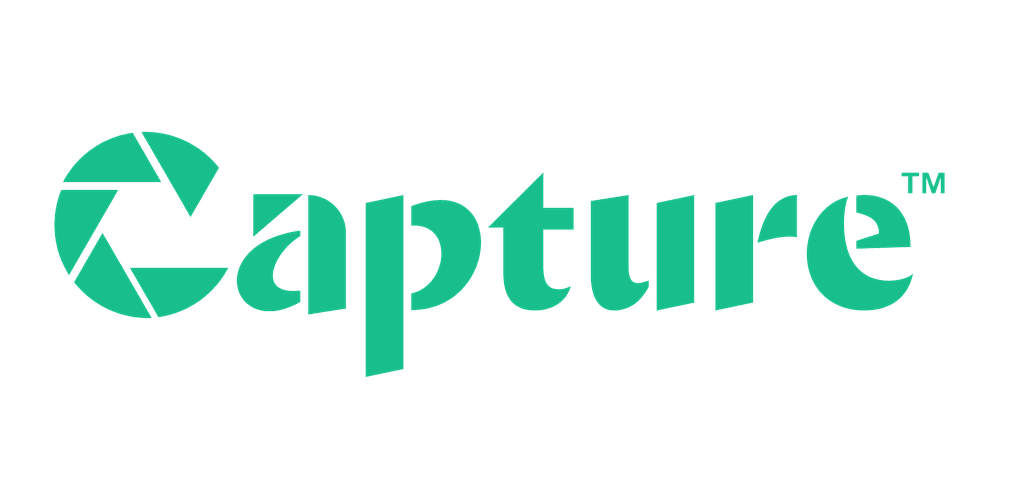Disposable cameras are great for vacations, special occasions, and events, but these days most people organise their photos digitally on their phones or in the cloud. Transferring the images to a phone may seem like a complex, time-consuming process, but it’s actually pretty easy if you know how to get disposable camera pictures on your phone.
With over 20 years of preserving physical memories as high-quality digital copies, Capture is committed to helping you preserve your photographs. That’s why we put together this step-by-step guide on copying disposable camera pics to smartphone devices.
Keep reading to learn about disposable film cameras and the steps to transfer those film photos to your phone in digital format including developing the film photography, scanning the pictures, uploading them to your phone, and sharing, enhancing, and viewing them with ease.
Affordable Photo Digitisation Services in Hong Kong
Understanding Disposable Cameras
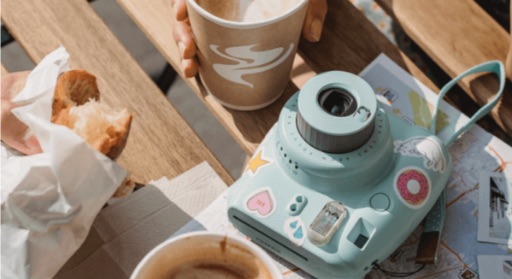
The evolution of the camera from early daguerreotypes and roll film to disposable cameras and the first ever digital camera is fascinating. So how do disposable cameras fit into this timeline?
Disposable cameras are single-use cameras that have a simple box design, typically with a fixed-focus lens. They use an integrated flash unit and use 135 film or APS film cartridges. They were originally developed in 1949 with a company called Photo-Pac, but it wasn’t until Fujifilm developed the disposable camera most of us recognize in 1986 that they became an extremely popular 80s icon.
Disposable cameras were affordable, easy to use with point-and-shoot capability and were often used at weddings and other special events so all the guests could take their own pictures, thereby capturing even more precious memories.
A few years later, digital single-use cameras became available in some markets. However, the quality was poor, and they never really caught on. In fact, disposable film photography remained popular in the age of digital format, and you can still buy disposable cameras in 2023 on Amazon or other photo labs, online stores, or local photography stores and drugstores.
So, if you’ve taken recent pictures with a disposable film camera or have an old camera sitting around, you might want to convert the photos to digital by saving disposable camera images to a phone, tablet, or another digital format device.
The first step is to develop the film.
Step 1: Developing Disposable Camera Film
Transferring photos from disposable camera to iPhone or Android requires you to first develop the film. Where can you develop 35mm film and disposable cameras? There are plenty of options including doing it yourself, choosing a local service, or going with an online development company.
Local Photo Labs
Some of these locations will develop a roll of film from a disposable camera on site while others will ship them off to a third-party film lab. You can also use these services to get print photos or even photo gifts for dads, moms, and other loved ones.
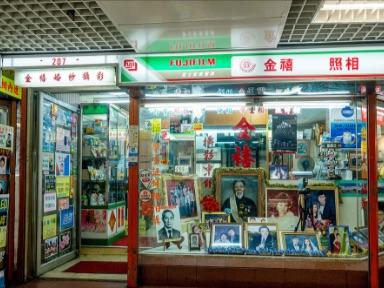
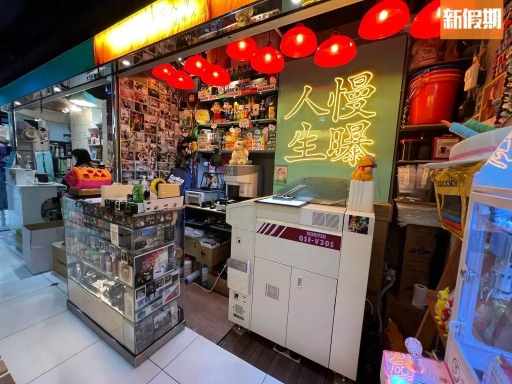
Online Photo Labs
In addition, there are some great online photo labs and film developing companies available. You’ll simply pay, send them your film rolls, and they will develop it and return it to you by postal mail. Most of these options also accept positive exposure, negative exposure, and a wide variety of film types.
DIY Development
The last option is to develop your own disposable cameras. However, it’s a little risky, more so than developing regular 35mm film rolls especially if you don’t know how to store film and protect photos during development. In most cases, you’ll have to break open the case to get to the actual film portion. However, some models like the Kodak Fun Saver can be opened without breaking the case.
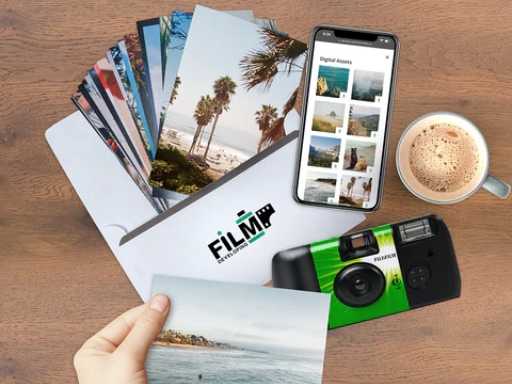
After removing the film, you must use specific development chemicals to follow the C-41 darkroom development process. While it’s more in-depth, the basic steps are to fill a tank with C-41 colour developer warmed to 38 degrees Celsius, add Bleach Fix, rinse the film, and add stabiliser. However, make sure you thoroughly research before attempting to protect yourself and your precious photo memories.
Step 2: Scanning Disposable Camera Pictures
The next step for how to get disposable camera pictures on your phone is to scan the developed pictures into digital copies. You might have a local store that will scan disposable camera pictures for you, but you will have to find alternatives to many including Costco and other big-name brands that no longer offer those services.
Another option is to choose an online photo scanning or digitisation company like Capture. We can digitise your photos, add them to your Google Photos and create the highest possible quality digital images by using professional equipment. Plus, our state-of-the-art tracking and security system ensures your photos are safe through every hand and all the way back to you.
DIY Flatbed Scanner
If you don’t want to use a photo-scanning company, then you can learn how to digitise old photos on your own. For example, you can use a flatbed scanner to scan the photos and upload them onto your computer. To create high-resolution images, you will have to buy a good quality flatbed scanner from a recognisable brand like Epson or Canon.
This can cost a lot of money, especially if you are only planning on scanning and uploading disposable camera photos from only 1 single-use camera. However, it can still be a great way to scan each photo into a digital image that you can later add to your smartphone. Plus, it’s fairly easy to get good quality even though you’ll have to spend time scanning each individual image.
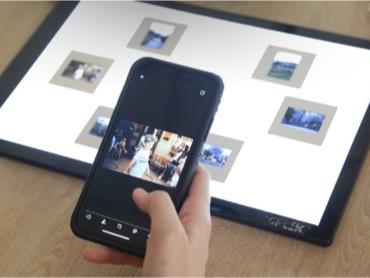
DIY Phone App
Another option is to use a Smartphone camera app like Photomyne. While it won’t offer the best quality and depends on your phone camera, it will put the images directly onto your phone. To get the best quality, you need to make sure you have a light source that minimises shadows, a flat surface, and plenty of patience since it will be somewhat time-consuming.
Step 3: Transferring Pictures to Your Phone
If you scanned your photos to your computer with a flatbed scanner, used a DVD, CD, or USB copy from a local or online photo scanning service, or received digital copies on the cloud, you still need to figure out how to transfer pictures from disposable camera to phone access. If you used something from an app store, you already have the photos on your phone, so you can skip to the next step straight to editing and enhancing.
Transfer Files to Computer
If you have disposable camera photos on a DVD, CD, or USB Drive, then you will need to place the media into your computer. Then, drag and drop the media from the associated DVD, USB, or CD drive and place it into a folder on your computer. With a flatbed scanner, you should already have the digital photos saved on your hard drive. There are a few options you can use for How to move photos from disposable camera to cell phone.
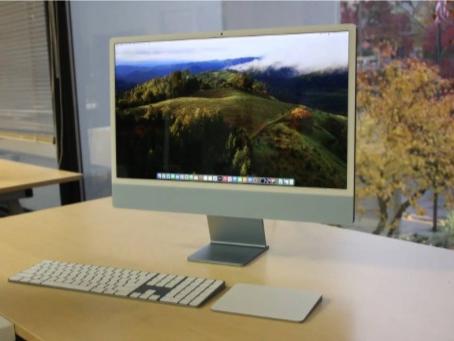
USB Cable
You can use a USB cable with one end that connects to your phone type. Simply plug one end into your computer’s USB drive and the other into your phone. Then, you can start downloading disposable camera images to mobile device by dragging and dropping them onto the file for the connected device.
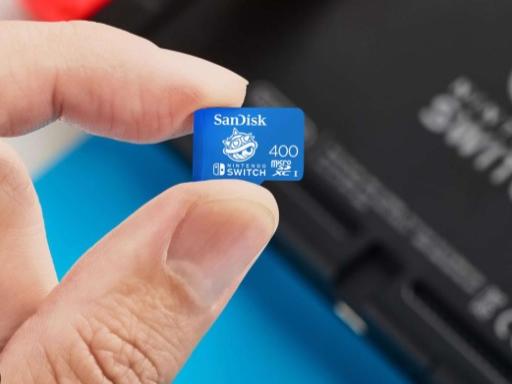
Memory Card
Some smartphones and computers have memory card capabilities. If this is the case, then you can transfer files from your computer onto the accoupling memory card drive. Then, you can place the memory card into your cell phone and organise the photos in your photo library.
Cloud Storage
The last option is to transfer the photos from your computer to a cloud storage device. Or if you used a digitisation service like Capture, you would already have the photos in cloud storage. Once you have them in cloud storage, you can access them from your phone and even download the ones you want for local access from your device.
Editing and Enhancing the Pictures
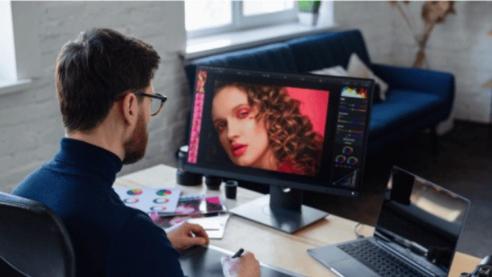
After importing disposable camera photos to mobile device in digital format, you can do much more with them than analogue or physical photographs. You can edit, enhance, combine, decorate, and alter digital images with software like Photoshop and other photo editing apps.
We highly recommend saving the original copy to preserve the memory before creating a new edited version. That being said, you can combine photos, create slideshows of family members, and enhance the resolution, create slideshows, and enhance the resolution.
Since disposable cameras aren’t the highest quality, this is a fantastic way to enhance the colour, remove glares, and eliminate other perfections to spruce up your memories. Additionally, you can then use the photos as your camera background or social media photos.
Another photo editing tip is to crop the photos so that you can centre the subject, whether it’s a natural landscape, family member, pet, decoration, or anything else. You can also try to adjust the exposure and contrast. All these fantastic photo enhancing tools can make your low-quality disposable camera pictures into higher-quality, professional memories.
Sharing and Preserving the Photos
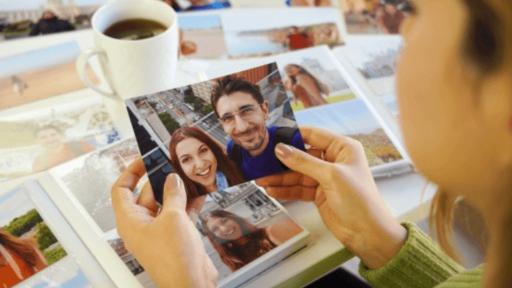
Another benefit of syncing disposable camera pictures to smartphone devices is the ability to not only preserve the photos forever in high-quality digital format, but also to improve the ability to share them across the world in seconds.
You can share photos on social media sites like Facebook and Instagram or send them via email to family members, friends, and other loved ones. Additionally, even if you want to keep the physical photos, physical copies don’t last forever. Having digital copies ensures that you still have the memories. They will still be available even if you lose the original disposable camera photos.
Plus, you will still have the original images so that you can use the print photos and developed film as part of a scrapbooking project. Even if you don’t know how to scrapbook, you can display the print photos in frames or as part of a collages without worrying about any damage.
Capture’s Digitisation Service
Now that you know how to digitise disposable camera photos, you can preserve them, enhance them, share them, and update them to digital format. As mentioned, the basic steps for how to get disposable camera pictures on your phone are to develop the film, scan it into digital format, add it to your computer or cloud, and then transfer it to your phone storage. Then, you can use photo editing software to enhance it and social media and email to share it.
If you want help turning old photos, and full photo albums into digital copies that you can access from any device, including your smartphone, Capture can help. We also have the first-ever touchless photo album scanning service and can ensure the best quality results for every photographic memory. Click here to learn more!
*This article is brought to you by Capture HK.
Capture HK is the premier analogue media digitisation company in Hong Kong.
Capture HK's business covers photographs, photo album, slide digitisation, videotapes digitisation, including VHS, S-VHS, VHS-C, S-VHS-C Hi-8, Video8, Digital8, DV, DVCAM, MiniDV, DVC and digital media digitisation, including Secure Digital (SD), Smart Media (SM), MultiMediaCard (MMC) Compact Flash (CF), xD-Picture Card, Memory Stick, USB Drive, CDROM, DVD.
You may also be interested in reading:
